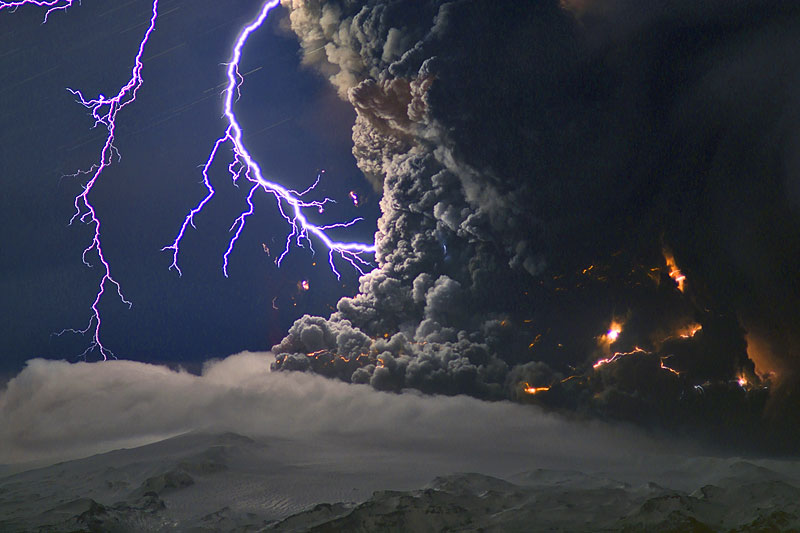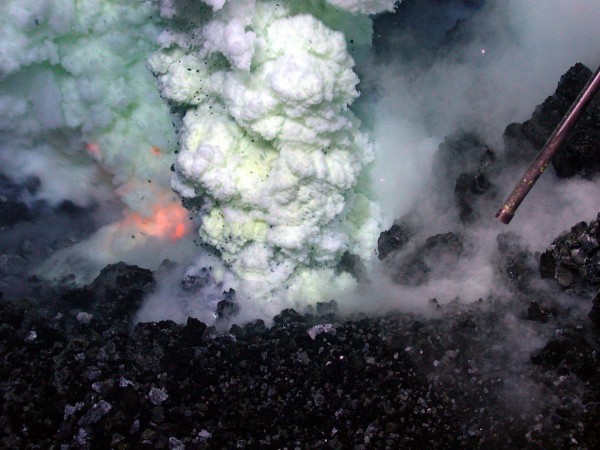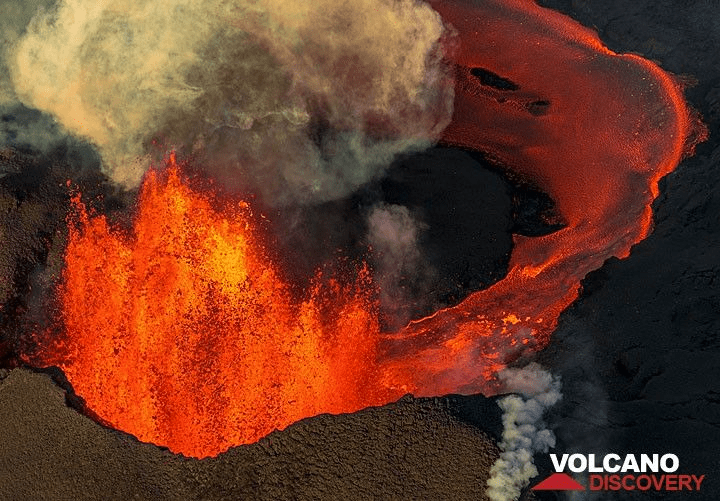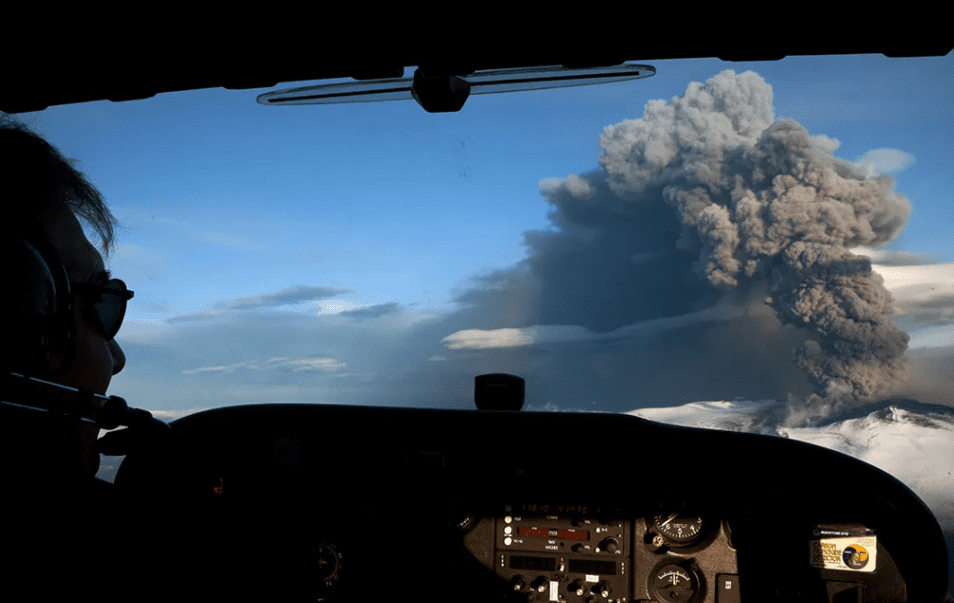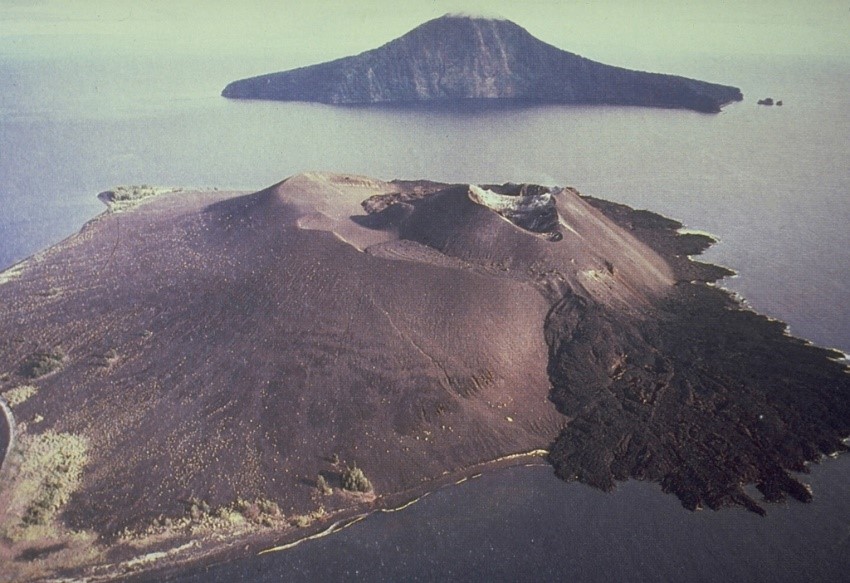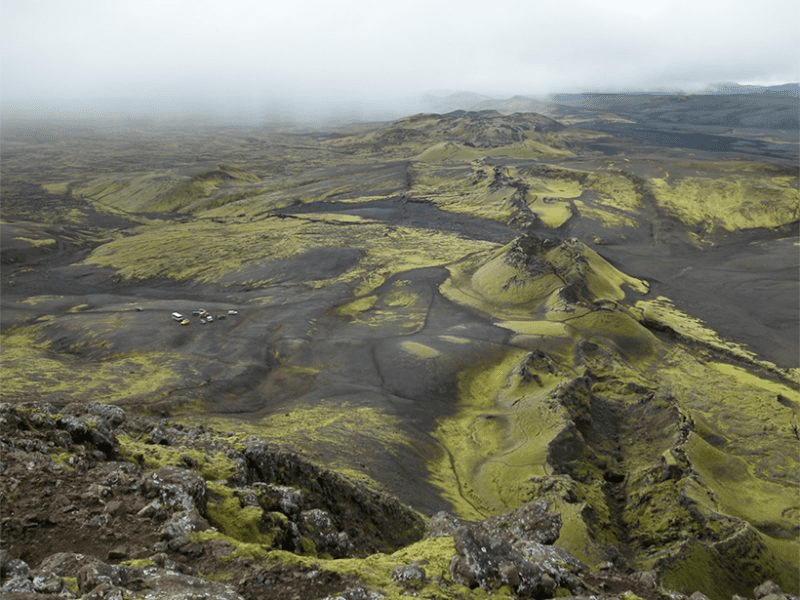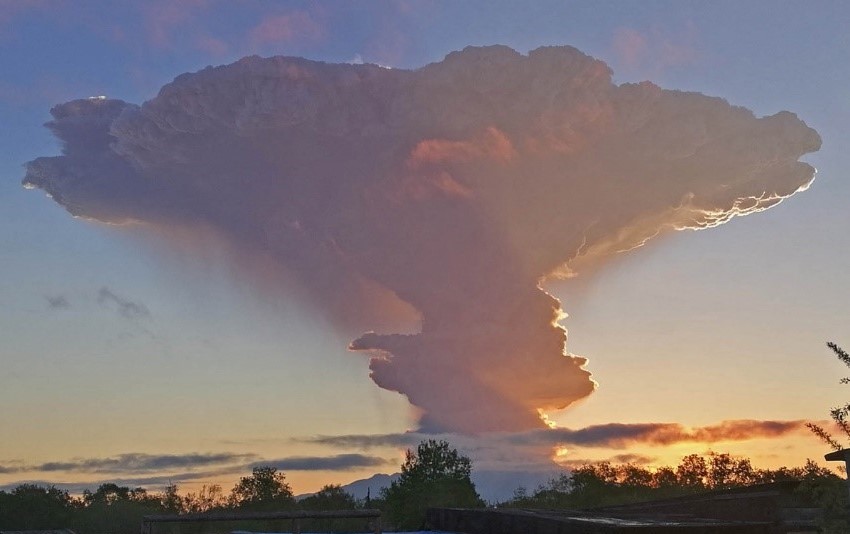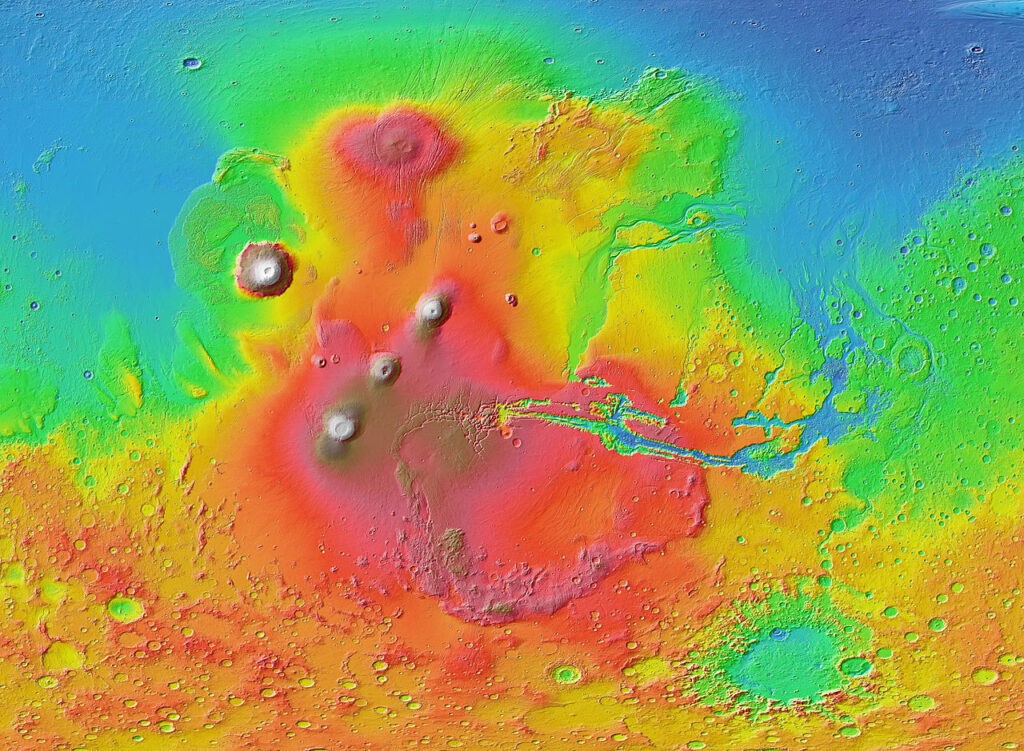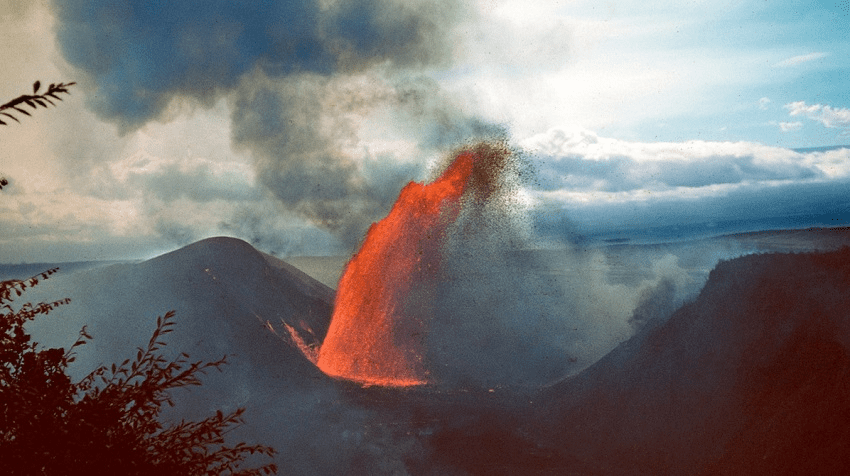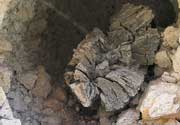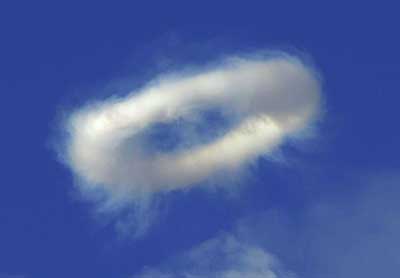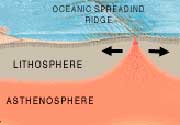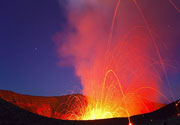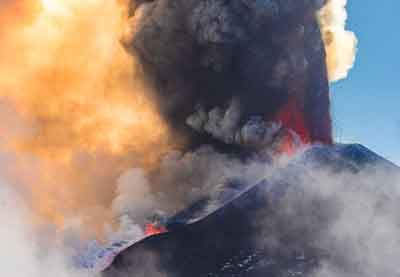Journey to the centre of the Earth: An introduction to The KMT Project
Wed, 5 Jan 2022, 20:48 20:48 PM | BY: EW
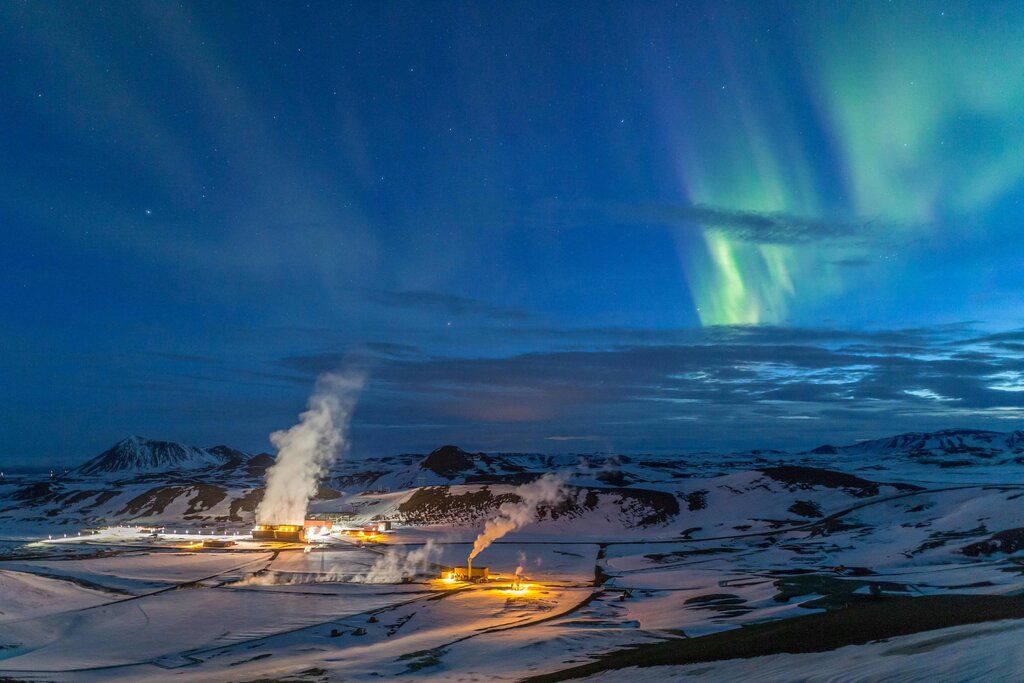
Krafla geothermal power plant near Krafla volcano - the location of The KMT Project (LANDSVIRKJUN via AFP, 2021 (Photograph taken 2018))
Launched in 2014 and with the first drilling due to commence in 2024, the $100-million Krafla Magma Testbed (KMT) Project involves the collaboration of scientists and engineers from 38 research institutes and companies in 11 countries. The Project aims to drill 2km (1.2 miles) into the heart of Krafla Volcano in northeast Iceland, reaching the volcano's magma chamber.
This cutting-edge endeavour will enable volcanologists and geothermal scientists to directly sample and observe the previously uncharted volcanic world that lies beneath our feet (The KMT Project, see link below).
The magma observatory ambition, like many scientific discoveries, was the outcome of an unexpected finding. In 2009, while engineers were expanding Krafla's geothermal power plant, a bore drill accidentally struck a pocket of 900 degree Celsius magma at a depth of 2.1km. Volcanologists investigated this and discovered that they were close to a magma pocket with a capacity of 500 million cubic meters – a surprise to many that the magma chamber was this close to the surface.
Researchers believe that the initiative will lead to advances in fundamental science and expand our knowledge of 'super-hot rock'geothermal power. They also seek to gain a better understanding of volcanic forecasting and dangers. Knowing exactly where the magma chamber is located is key in preparation and managing future risk of eruptions. Summarised by Paolo Papale from the Italian INGV, "This discovery has the potential to be a huge breakthrough in our capability to understand many different things…" ranging from the origin of the continents to volcano dynamics and geothermal systems.
Not only will this project facilitate ground-breaking volcanological research but it provides a baseline for the development of new technologies to generate geothermal energy from these unique wells. With a magma chamber so close to the surface, rock reaches excessively high temperatures where fluids become 'supercritical'(halfway between liquid and gas states) and as a result, Landsvirkjun, the National Power Company of Iceland that manages this location and the existing boreholes on-site, found that the energy generated from these unique wells is 5 to 10 times stronger than a traditional borehole setting. As stated by Vordis Eiriksdottir, Landsvirkjun's director of geothermal operations and resource management, The KMT Project “will lead to new technologies to be able to dig deeper and also capture this energy that they have not been able to accomplish previously”. Ongoing studies and specialised engineering will need to be implemented as the dangers of constructing and operating infrastructure in such a dangerous, technically difficult environment should not be overlooked.
In conclusion, The KMT Project will help improve our understanding and knowledge of the following disciplines: Geohazards, Planetary Science, Geothermal Energy and Technology & Innovation. It will require a multi-disciplinary approach, international leadership and carefully managed delivery to complete this project and fulfil the excellent potential The KMT Project has to offer to the scientific community once it is operational. www.kmt.is provides further detailed information on this Project and the stages involved.
---
Links / Sources:
Links / Sources:
Previous news
Mon, 23 Aug 2021, 20:05
Can sea level changes trigger volcanic eruptions? The case of Santorini Volcano
Famed for its link with the legend of the lost city of Atlantis and Poseidon – God of the sea – the Greek volcanic island of Santorini is now once again claiming its strong connection to the Aegean Sea that surrounds it. ... Read all
Sun, 4 Jul 2021, 19:28
Invisible lightning – a signal of an imminent eruption?
Explosive ash plumes often result in awe-inspiring displays of volcanic lightning. This occurs when silicate materials from rocks in a volcanic eruption break apart and they encounter each other in the middle of the turbulent eruption plume, or when ash particles rub together after being ejected. The ash particles exchange electrons, creating an imbalance in the positive and negative charges – to neutralise this imbalanced electrical field, a bolt of lightning zaps through the charged clusters, creating the spectacular volcanic lightning bolts we often observe during an explosive, ash-rich eruption. ... Read all
Show more






